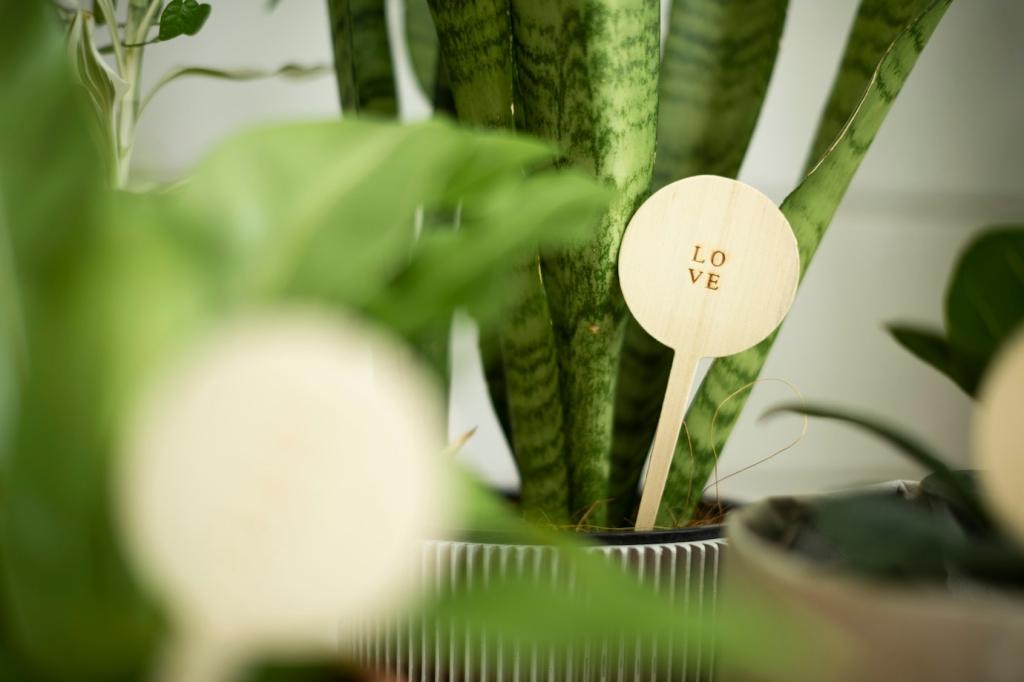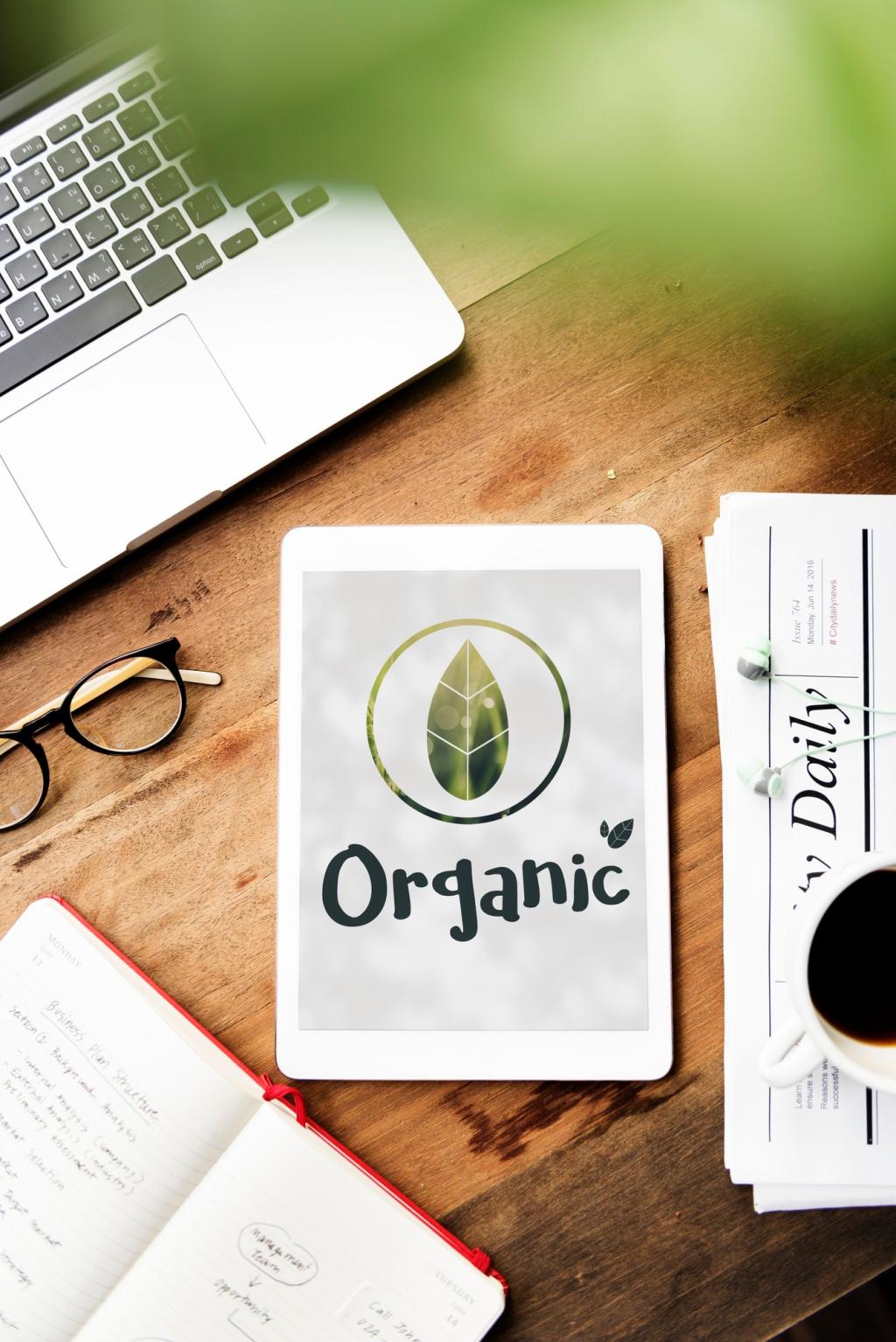Biodegradable Decor Materials: Style That Returns to the Earth
Chosen theme: Biodegradable Decor Materials. Welcome to a home design journey where beauty fades gracefully back into soil. Explore inventive ideas, honest guidance, and real stories that help you decorate sustainably. Join the conversation—subscribe, comment, and share your compostable design experiments with our community.
Biodegradable 101: What It Means for Your Home
Home vs. Industrial Composting
Some materials, like certain PLA bioplastics, need high heat and precise conditions only found in industrial composting facilities. Others, like untreated paper, cork, or jute, can break down in backyard piles. Know the difference, plan the end-of-life path up front, and share your local compost options with our readers.
How to Read Labels and Certifications
Look for credible marks such as OK compost HOME, TÜV Austria, or BPI to understand where and how items break down. European EN 13432 sets compostability criteria, but it usually refers to industrial settings. If a product is vague, ask the seller for lab test details—and post their answers here for everyone’s benefit.
A Quick Story From Our Community
One reader replaced a synthetic foam wreath with dried moss, twigs, and jute twine. It looked rustic, smelled like the forest after rain, and—best part—most parts returned to compost when the season ended. Tell us what you have tried, what worked, and what surprised you about decomposition timelines.
Material Spotlight: Mycelium, Cork, and Hemp
Mycelium can be grown in molds to create lightweight decor forms and acoustic panels using low-energy processes. Keep it dry in use, avoid synthetic coatings, and plan to break it into small pieces before composting. If you have lived with a mycelium piece, tell us how it aged and what you learned.
Material Spotlight: Mycelium, Cork, and Hemp
Harvested from cork oak bark without felling the tree, cork offers sound absorption, warmth, and tactile beauty. Choose unfinished or natural-wax-finished cork for easier composting, and watch the adhesive choice closely. Share photos of cork wall pinboards or trivets in your space, and note how they hold up over time.


Room-by-Room Biodegradable Decor Ideas
Layer a jute rug with a cork side table and a mycelium lampshade for soft acoustics and earthy tones. Swap plastic planters for coir pots nestled inside clay sleeves. Share a snapshot of your setup and the small changes that made the biggest emotional difference.



Use mechanical fastening, natural-fiber lashings, and modular parts so components can be separated easily. Label materials discreetly on the back of pieces. When the day comes, you will know exactly what can be reused, what can be composted, and what needs special handling.
Care and End-of-Life: Plan the Goodbye
Sourcing and Ethics: Vote With Your Home
Buying from nearby artisans reduces transport impacts and keeps money in your community. You also get stories behind each object, deepening the decor’s meaning. Tag your favorite maker in the comments and help others discover trustworthy sources.

Materials and Planning
Gather unbleached paper pulp or seed paper, jute or hemp twine, a starch-based paste, dried botanicals, and a simple cardboard backer. Avoid glitter or plastic beads. Sketch a layout and decide which parts will be tied, not glued, to simplify future disassembly.
Make the Panel
Form the paper pulp into textured tiles, then air-dry thoroughly. Attach tiles to the cardboard with thin starch paste and reinforce edges with twine stitching. Add pressed leaves or cork accents. Share a photo of your composition and any tweaks that improved strength without sacrificing compostability.
